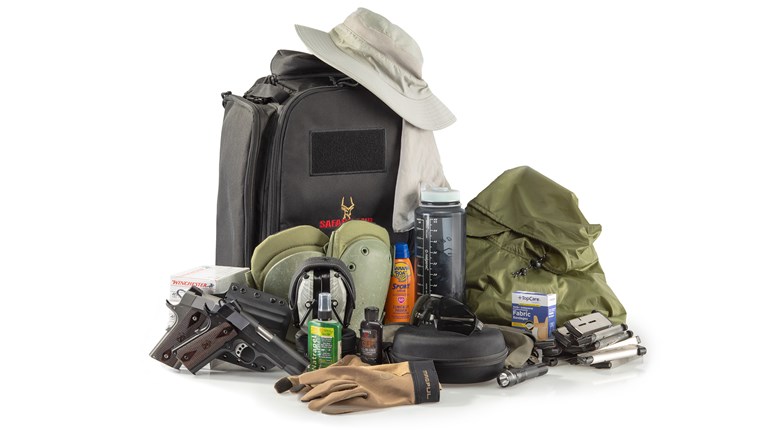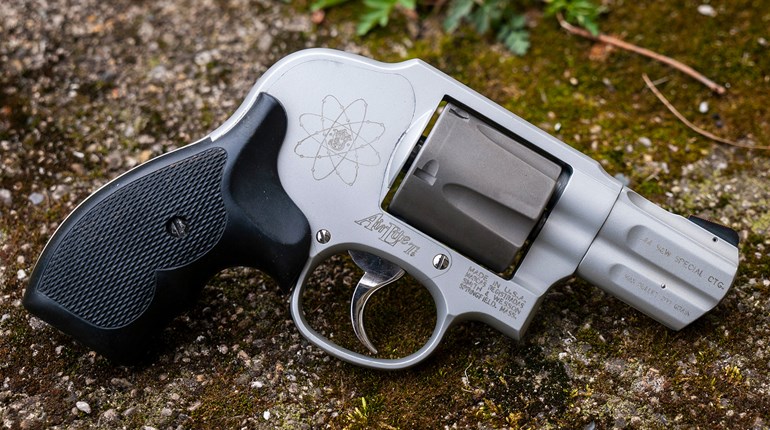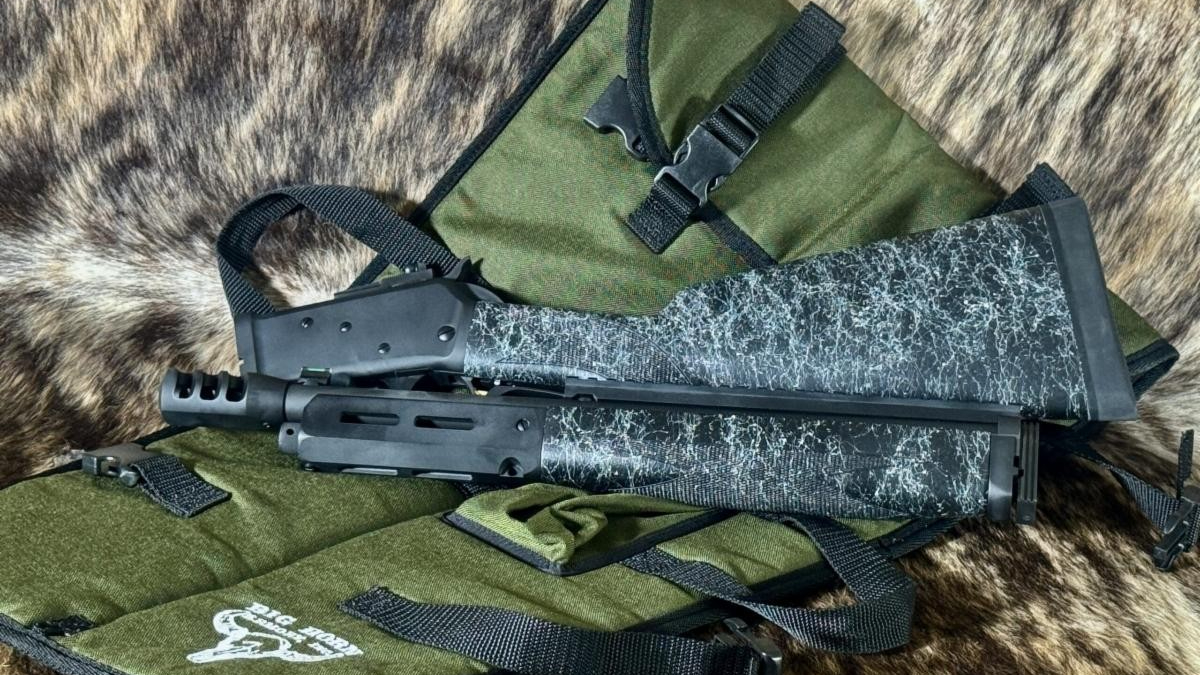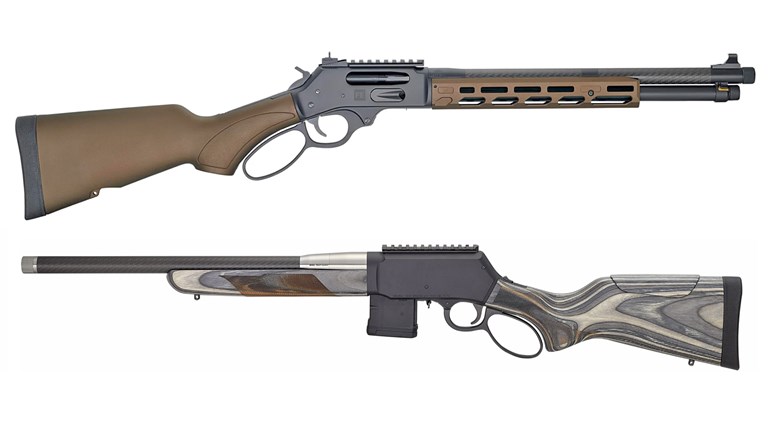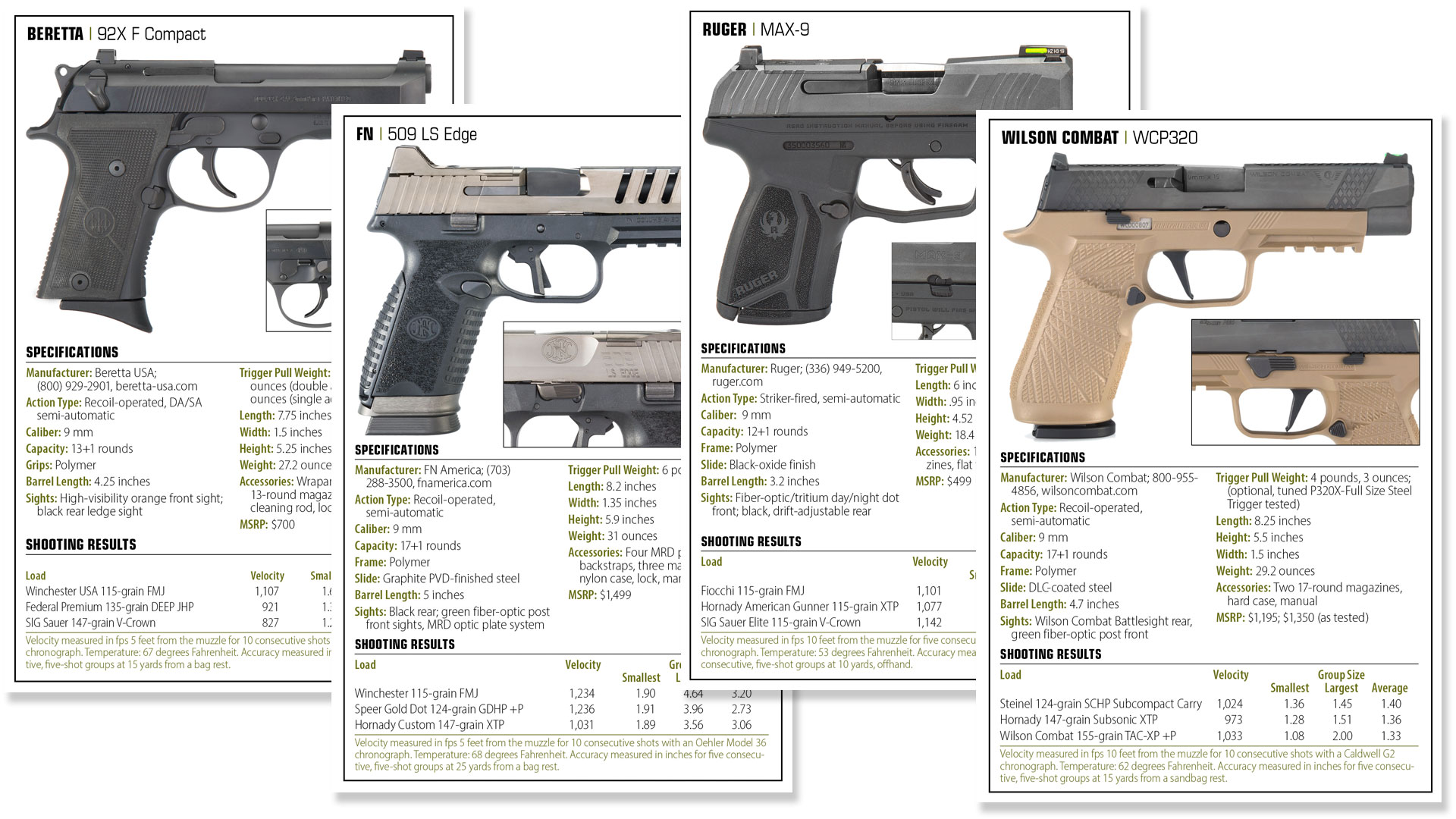
To judge by available evidence, “How accurate is my handgun?” is a question that perturbs folks making firearm-buying decisions, whether they are selecting hundreds of handguns to arm the SWAT-qualified agents of the Federal Bureau of Investigation or buying one pistol to equip the lone private-citizen defender of Fort Livingroom, USA.
As a result of this, accuracy data is eagerly awaited by the people who peruse handgun reviews before making buying decisions. (This would seem to be a shrinking demographic, by the way. These days someone who plugs the question “Is the Blastomatic 2000 awesome?” into a search engine is more than likely looking for confirmation to justify the Blastomatic 2000 purchase they made on impulse earlier that afternoon. The mere fact you’re reading this shows you’re smarter than that.)
I don’t mean to decry other outlets, whether print or digital, but some of them seem to have pretty handwave-y standards for accuracy testing. You’ll see reports ranging from incredibly vague descriptions of a pistol being very accurate using naught but adjectival words and nary a number in sight, to mentions of a group size at a certain distance without much reference to whether this was obtained from a rest or by a shooter standing on their own hind legs or what have you.
Here at Shooting Illustrated, we have a standardized protocol that hopes to be more informative than that. Ideally, each handgun tested will be tested with three different loads—preferably of three different projectile weights and types, if possible—from three different manufacturers. We’ll provide chronograph data, and each of the three loads will be fired for five, five-shot groups and that information will be passed on to you, the reader.
There are a lot of factors that can affect the mechanical accuracy of a firearm. The most basic are in the construction of the barrel itself, from the type of rifling, its twist rate, the barrel crown and then how well all these factors were executed by the manufacturer. These are pretty universal and apply to just about any non-smoothbore type of firearm. (Shotgun accuracy is a whole ’nother field of arcana, and one to which I profess no expertise beyond “Line that blunderbuss up with the target and hope for the best.”)
With revolvers, you have a complicating factor in that the barrel and forcing cone are a whole separate piece of the firearm than the cylinder, which contains multiple separate chambers. If you’ve handled a high-end, custom revolver from one of the classic revolversmiths, you might have noticed that the chambers are numbered, and that’s because accuracy can actually vary from chamber to chamber and a hard-core revolver target shooter will likely be able to tell you which chamber of his wheelgun is the most accurate and consistent.
Semi-automatic pistols have one advantage in that regard, in that the chamber and barrel are all one unit, ensuring more uniformity in the alignment of the cartridge with the rifling from shot to shot. On the other hand, the typical semi-auto has a lot more pieces in motion than just the cylinder.
Unless it’s a straight-blowback pistol, the barrel itself is in motion—almost certainly in a fore-and-aft direction, plus it’s most likely tilting or rotating to effect locking and unlocking from the breech. Furthermore, the breech is in motion, maybe by itself, as in a Luger, or probably as part of a slide assembly that encloses the barrel.
The sights are most likely connected to one of these moving parts, and to complicate things even more, the front and rear sights may be mounted to two different parts, both of which might be in motion.
All this motion theoretically makes no difference—provided that all the moving pieces return to the exact same alignment after every shot. Ideally, this happens right out of the box on your factory-stock pistol. If not, there are pistolsmiths who will happily ensure it does. Just add money.
Then, there are also secondary factors involving how well the pistol interfaces with the human behind the trigger. Some of these are pretty universal: A lighter trigger is easier to pull consistently without disturbing the sight picture than a heavier one. Similarly, a trigger that has a shorter travel is less likely to allow for the sight picture to be disturbed than one that has a longer pull, and one that is smooth and even across the travel will cause less sight disruption than one plagued with random hitches and a gritty feel.
More subjective are ergonomic issues like how well the grip fits the shooter’s hand and how easily the shooter can interface with the sights and trigger. Someone with eagle-eye vision and wearing size large gloves will have a different opinion than someone with older eyes and smaller paws, for example.
The way to eliminate the human factors and isolate for mechanical accuracy is to use an entirely mechanical shooting device. Rack up your pistol in a Ransom Rest and you have a vise holding the pistol and a lever pulling the trigger. That way, the shooter and shooter-related variables have been entirely removed from the shooting equation.
Thing is, a Ransom Rest requires specialized inserts for individual handguns. There was a time when a reasonably ambitious gunwriter could have a handful of Smith & Wesson and Colt revolver inserts as well as some 1911 and Hi Power ones and be pretty well set. Not anymore.
I’ll still try to eliminate as many human variables as possible, but the fact remains that—absent a machine holding the gun and pulling the trigger—the person pulling the trigger becomes the biggest variable in the equation, which is why we try to mention the specific shooting conditions in reviews.
For instance, in one of my early reviews for this magazine, on the Ruger 9E, the general setup was great: I was shooting from an honest-to-JMB-dedicated pistol rest, sitting at a concrete shooting bench on the manicured firing line of my home range, Marion County Fish & Game in Indianapolis. Short of actually having a Ransom Rest, that’s about as good as it gets.
That said, the manicured range was under nearly a foot of snow and it was so cold, I could only take my gloves off for a few strings of fire at a time. But, a deadline is a deadline, and we do what we can. Did it affect results? Almost certainly, and I noted it.
But, I’d rather do that than “pencil whip” the results. I owe that to you, the reader.













